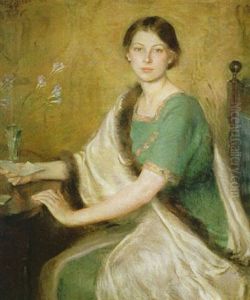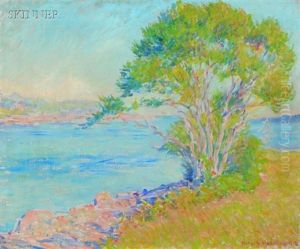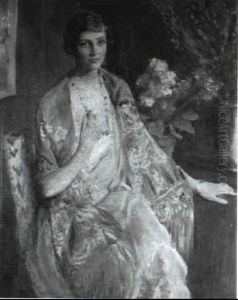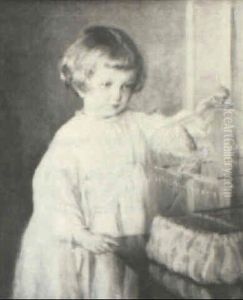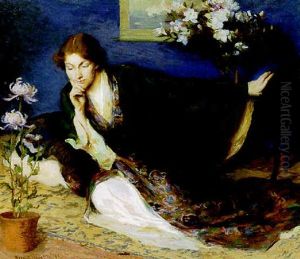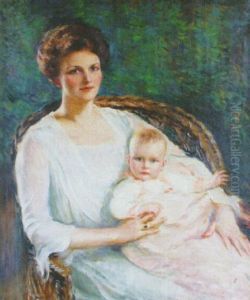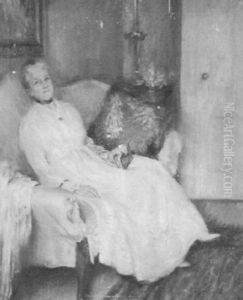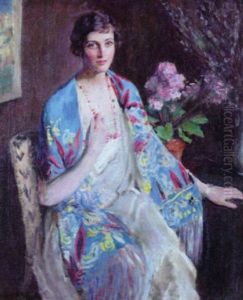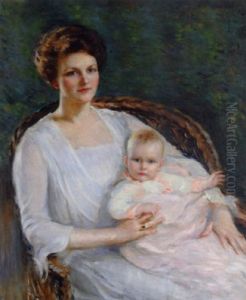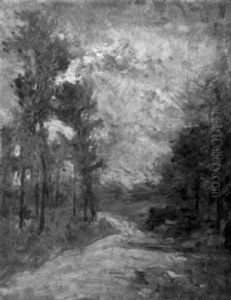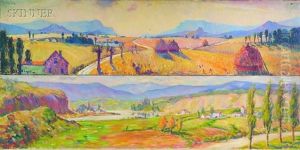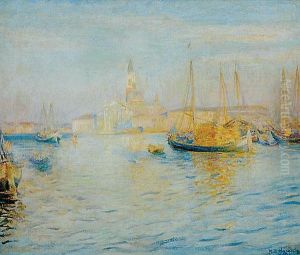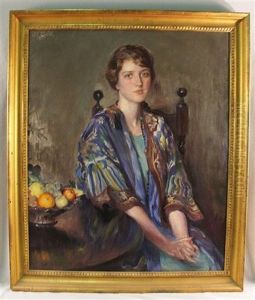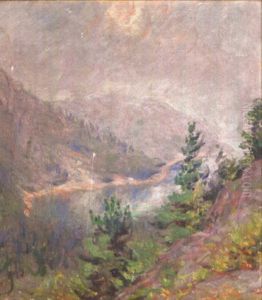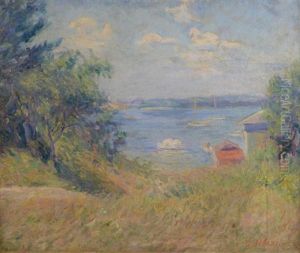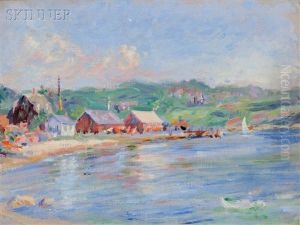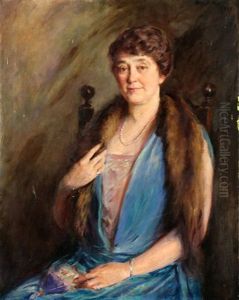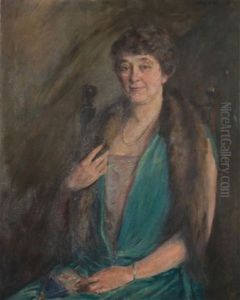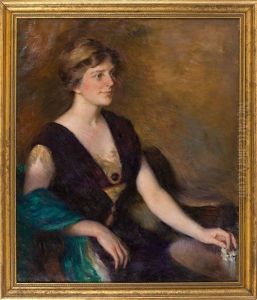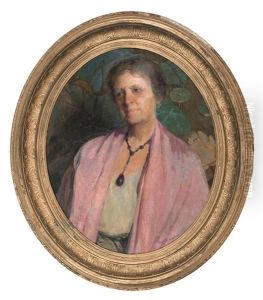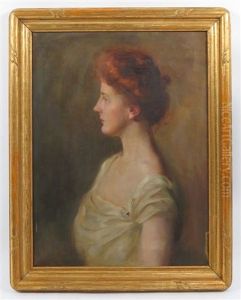Mary Brewster Hazelton Paintings
Mary Brewster Hazelton was an influential American painter born in Milton, Massachusetts, in 1868. Her artistic journey began at a young age, fostered by a supportive family environment that valued education and the arts. Hazelton pursued formal art education at the prestigious School of the Museum of Fine Arts, Boston, where she was a student of the renowned American painter Edmund C. Tarbell. Tarbell, a leading figure in the American Impressionist movement, played a significant role in shaping Hazelton's artistic style and approach. Under his mentorship, Hazelton honed her skills in portraiture and figure painting, developing a refined, sensitive style characterized by its subtle use of color and light.
Throughout her career, Mary Brewster Hazelton achieved significant recognition and success as a portrait artist. Her works were celebrated for their elegance, depth, and the ability to capture the essence of her subjects. Hazelton was a trailblazer for women in the arts, navigating the challenges of a predominantly male-dominated art world with determination and grace. She was an active member of several art organizations, including the Copley Society of Art in Boston and the National Association of Women Artists, contributing to the visibility and recognition of female artists in the United States.
Hazelton's contributions to the art world were marked by numerous awards and honors throughout her career. Her paintings were exhibited widely, including at prestigious institutions such as the Pennsylvania Academy of the Fine Arts and the Art Institute of Chicago. Despite the acclaim she received during her lifetime, Mary Brewster Hazelton's work, like that of many women artists of her era, became less known to the broader public in the years following her death in 1953. Recently, there has been a renewed interest in Hazelton's art and her significant role in American art history, leading to a reevaluation of her contributions and the challenges she overcame as a woman artist in the late 19th and early 20th centuries.
